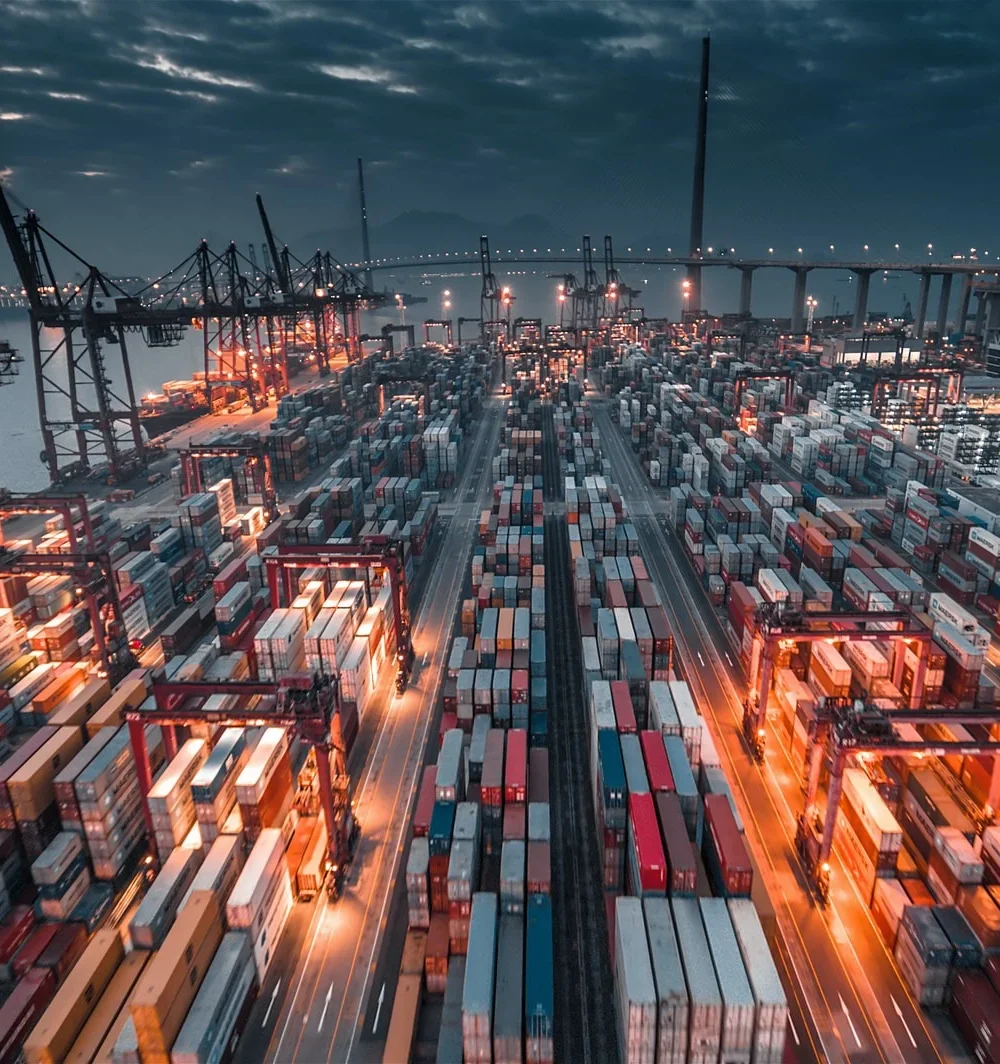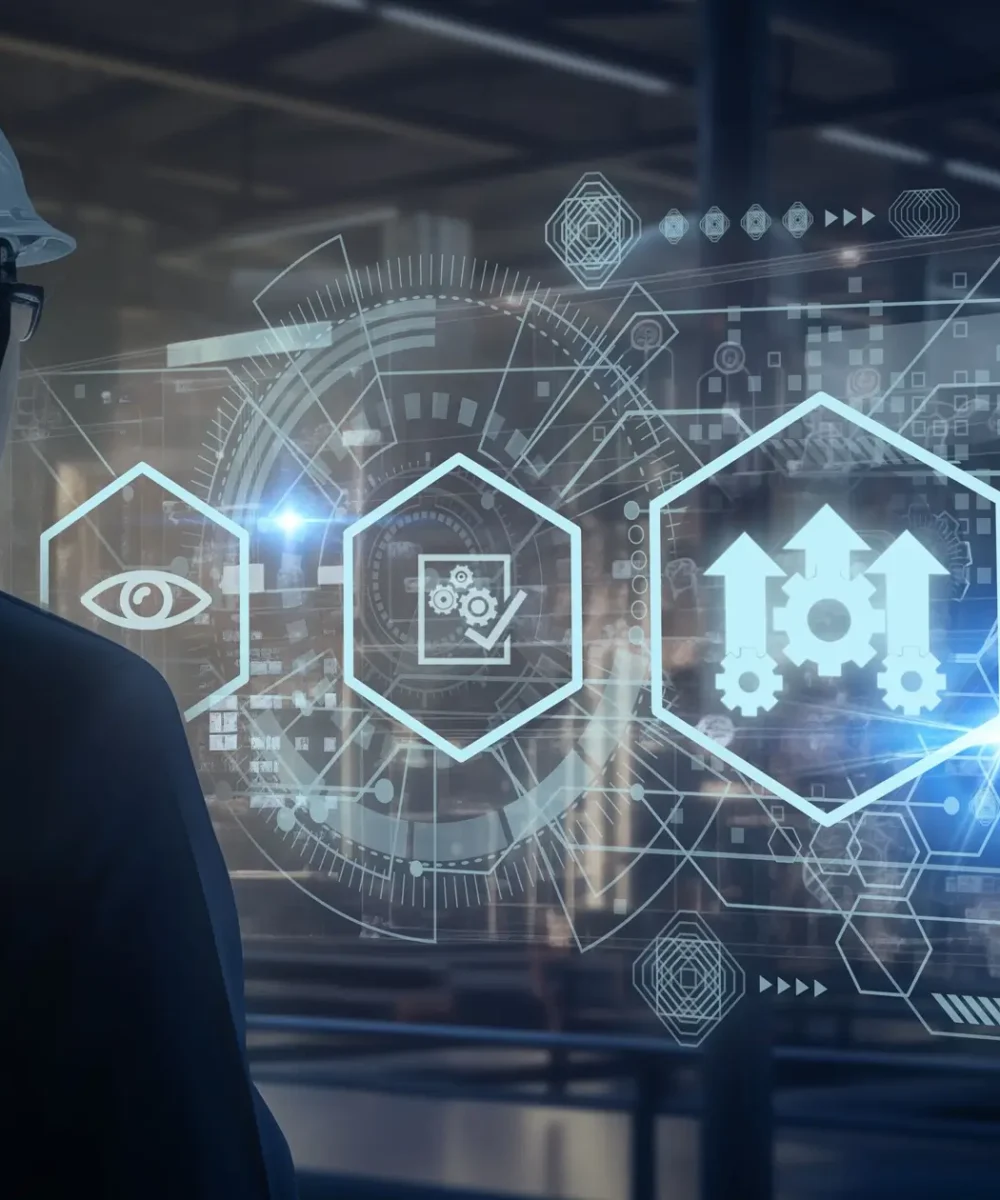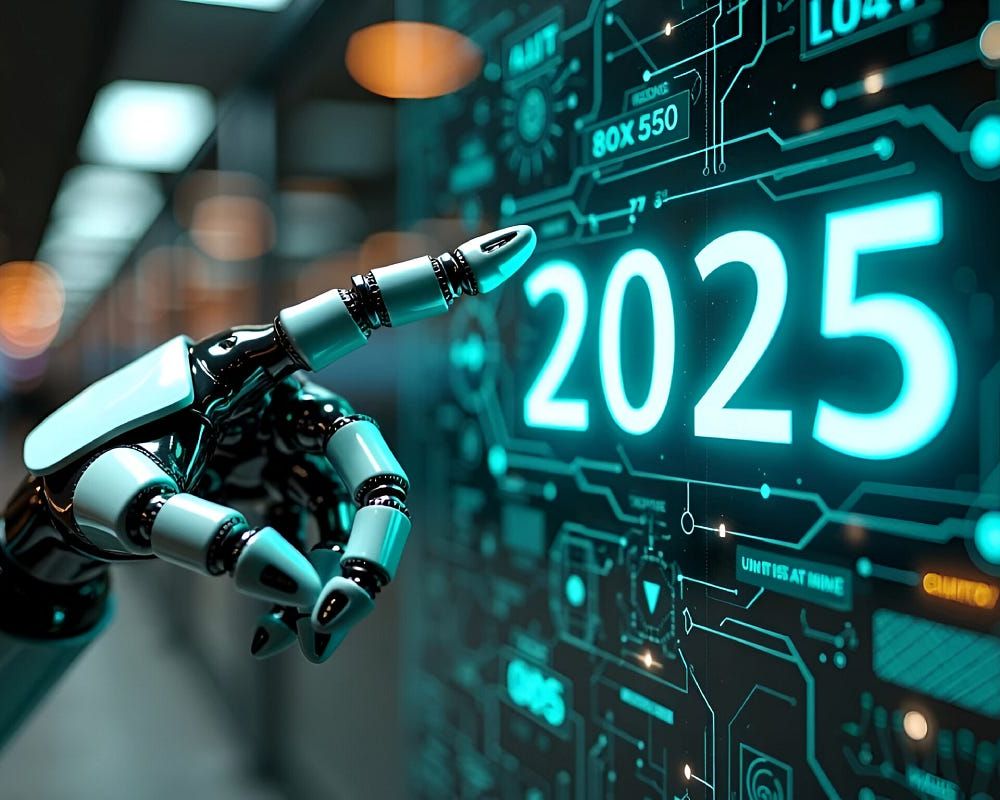The metals industry, long
considered a cornerstone of global economic development, is now entering an era
of technological transformation. Among the myriad innovations shaping this
sector, virtual reality (VR) stands out as a game-changer. By enabling
immersive and interactive experiences, VR is revolutionising how metals are
inspected, traded, and managed. For platforms like MetaMetalX, the integration
of VR technology offers unprecedented opportunities to enhance operational
efficiency, improve decision-making, and create a seamless trading experience.
The Rise of Virtual Reality in the Metals Industry
Virtual reality, once associated
primarily with gaming and entertainment, has expanded into diverse industries,
including healthcare, education, and manufacturing. Its ability to create
lifelike simulations and environments has made it an invaluable tool for
businesses looking to innovate.
In the metals industry, VR is
finding applications across inspection, quality control, supply chain
management, and trading. By combining VR with other advanced technologies like
artificial intelligence (AI) and the Internet of Things (IoT), companies like
MetaMetalX are setting new benchmarks for efficiency and transparency.
The Role of VR in Metals Inspection
Metals inspection is a critical
aspect of the supply chain, ensuring that materials meet stringent quality and
safety standards. Traditional inspection methods often involve manual
processes, specialised equipment, and on-site visits, which can be
time-consuming and costly. VR is transforming this landscape in the following
ways:
1. Remote Inspection and Analysis
With VR technology, inspectors can
examine metals and materials remotely, eliminating the need for physical
presence. High-resolution 3D imaging and real-time simulations enable
stakeholders to assess the quality, dimensions, and structural integrity of
metals from anywhere in the world.
For example, MetaMetalX integrates
VR into its platform to allow traders and buyers to virtually inspect shipments
before purchase. This not only saves time but also reduces travel costs and
carbon footprints.
2. Enhanced Visualisation
VR provides a level of detail and
accuracy that traditional methods cannot match. Inspectors can zoom in on
microscopic imperfections, simulate stress tests, and visualise the material’s
performance under various conditions. This capability ensures that only
high-quality metals enter the supply chain, reducing waste and enhancing customer
satisfaction.
3. Training and Skill Development
VR is also a powerful tool for
training inspectors and workers. Interactive simulations enable trainees to
practice inspection techniques in a risk-free environment, improving their
skills and confidence. This is particularly valuable for onboarding new
employees or up skilling existing staff.
The Impact of VR on Metals Trading
In addition to transforming
inspection processes, VR is reshaping how metals are traded. By creating
immersive and interactive experiences, VR technology enhances transparency,
trust, and efficiency in the trading process. Here’s how:
1. Virtual Showrooms
VR enables the creation of virtual
showrooms where traders and buyers can explore a wide range of metal products.
These showrooms provide detailed information on product specifications,
certifications, and pricing, allowing buyers to make informed decisions without
the need for physical visits.
For instance, MetaMetalX’s
VR-powered platform allows users to browse virtual inventories, compare
products, and visualise their applications in real-world scenarios. This
feature enhances the buying experience and accelerates decision-making.
2. Real-Time Negotiations
VR facilitates real-time
interactions between traders, buyers, and sellers. Virtual meeting rooms enable
stakeholders to discuss terms, negotiate prices, and finalise deals in an
immersive environment. This level of engagement builds trust and fosters
stronger business relationships.
3. Supply Chain Transparency
By integrating VR with blockchain
and IoT, companies can provide end-to-end transparency in the supply chain.
Buyers can track the journey of metals from extraction to delivery, ensuring
compliance with ethical sourcing and sustainability standards.
MetaMetalX leverages this
capability to offer real-time updates and virtual walkthroughs of supply chain
processes, giving users confidence in the quality and origin of their
materials.
Benefits of VR in Metals Inspection and Trading
The adoption of VR technology
offers numerous advantages for stakeholders in the metals industry. Here are
some of the key benefits:
1. Improved Efficiency
VR streamlines inspection and
trading processes by eliminating the need for physical presence and manual
paperwork. This reduces operational costs, shortens lead times, and enhances
productivity.
2. Enhanced Decision-Making
By providing detailed
visualisations and real-time data, VR enables stakeholders to make informed
decisions. Whether it’s selecting the right materials or negotiating trade terms,
VR ensures accuracy and confidence in every transaction.
3. Cost Savings
The ability to conduct remote
inspections and virtual negotiations reduces travel expenses and logistical
costs. Additionally, VR minimises the risk of errors and defects, resulting in
significant cost savings over time.
4. Sustainability
VR supports sustainability goals by
reducing the need for travel, optimising resource allocation, and ensuring
compliance with environmental regulations. This aligns with the industry’s
shift towards greener practices.
5. Competitive Advantage
Early adopters of VR technology
gain a competitive edge by offering innovative solutions and superior customer
experiences. For platforms like MetaMetalX, VR serves as a key differentiator
in a crowded market.
Challenges and Considerations
While the benefits of VR are
compelling, its adoption in the metals industry is not without challenges.
Stakeholders must address the following considerations to fully realise its
potential:
1. Initial Investment
Implementing VR technology requires
significant upfront investment in hardware, software, and training. Companies
must assess the long-term value and return on investment to justify these
costs.
2. Technical Expertise
The successful deployment of VR
technology depends on having skilled professionals who can develop, implement,
and maintain VR solutions. This necessitates workforce development and
collaboration with technology providers.
3. Data Security
Integrating VR with other
technologies like blockchain and IoT raises concerns about data security and
privacy. Companies must adopt robust cyber security measures to protect
sensitive information.
4. User Adoption
Ensuring widespread adoption of VR
technology requires effective change management and user training. Stakeholders
must address resistance to new technologies and demonstrate their value to
users.
The Future of VR in the Metals Industry
As VR technology continues to
evolve, its applications in the metals industry are expected to expand further.
The integration of VR with AI, IoT, and big data analytics will unlock new
possibilities for innovation and efficiency. Here are some trends to watch:
1. Predictive Analytics
By combining VR with AI, companies
can simulate future scenarios and predict market trends. This capability will
enable proactive decision-making and enhance strategic planning.
2. Customised Experiences
Advancements in VR technology will
allow for highly customised user experiences, tailored to the specific needs of
traders, buyers, and inspectors. This level of personalisation will drive
customer satisfaction and loyalty.
3. Integration with Augmented
Reality (AR)
The convergence of VR and AR will
create hybrid solutions that blend physical and virtual environments. This will
further enhance inspection and trading processes, offering unparalleled
flexibility and precision.
How MetaMetalX is Leading the Way
MetaMetalX is at the forefront of
adopting VR technology to transform metals inspection and trading. By
integrating VR with its advanced platform, MetaMetalX offers users a seamless,
immersive, and efficient trading experience. Key features include:
Virtual
inspections and showrooms that eliminate geographical barriers and enhance
transparency.
Real-time
negotiations
that foster trust and collaboration among stakeholders.
Blockchain-powered
supply chain tracking
to ensure ethical sourcing and sustainability.
With its commitment to innovation,
MetaMetalX is setting a new standard for excellence in the metals industry.
Conclusion
Virtual reality is undeniably a
game-changer in the metals industry, offering transformative solutions for
inspection and trading. By enhancing efficiency, transparency, and
sustainability, VR technology addresses the industry’s most pressing challenges
while unlocking new opportunities for growth.
For platforms like MetaMetalX, VR
represents more than just a technological advancement—it is a strategic enabler
that drives innovation and competitiveness. As the industry continues to
embrace VR and other cutting-edge technologies, stakeholders can look forward
to a future defined by smarter, faster, and more sustainable operations.
Virtual Reality: A Game Changer in Metals Inspection and Trading
0
Comments
Likes
Clear Filters





